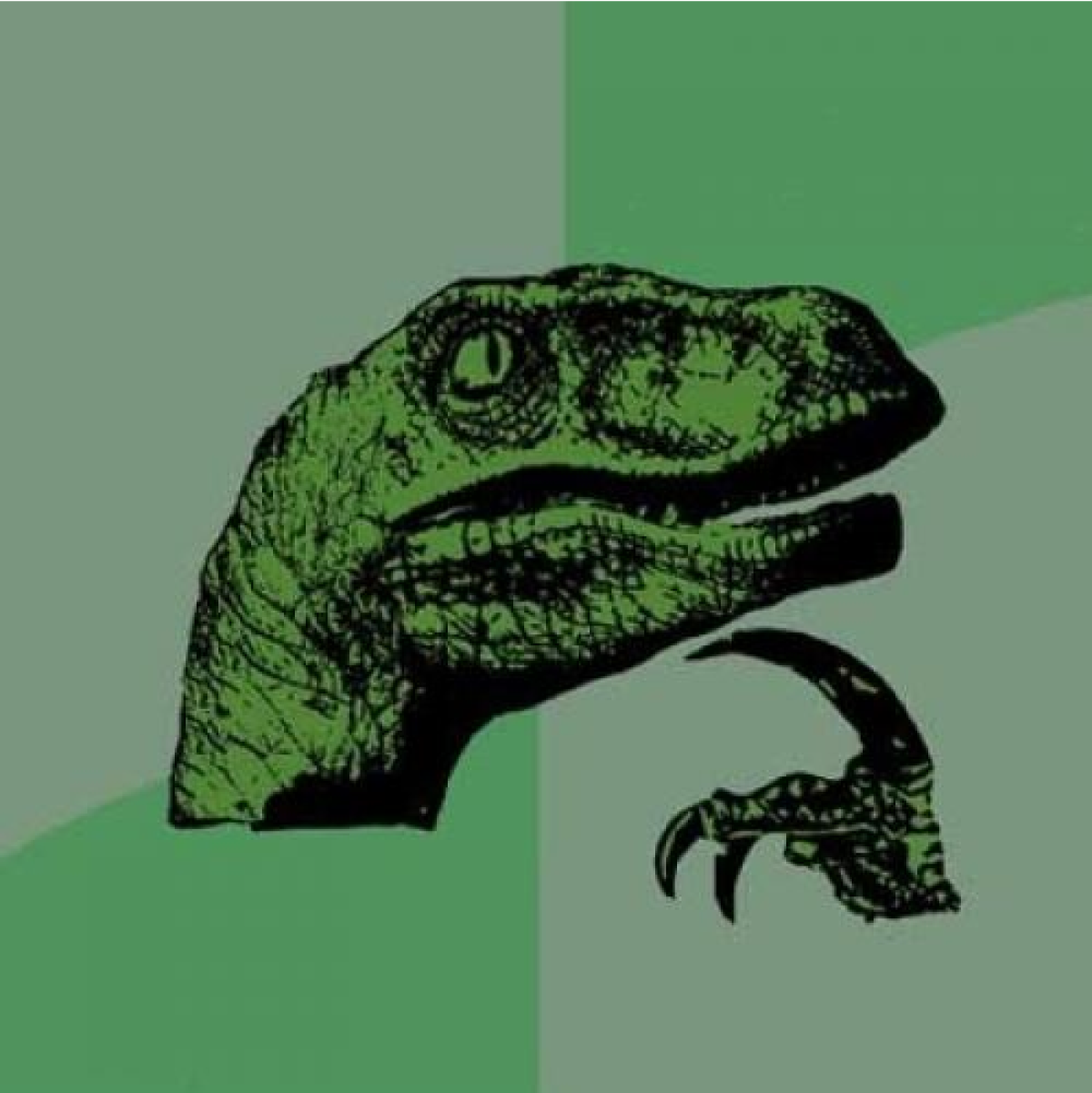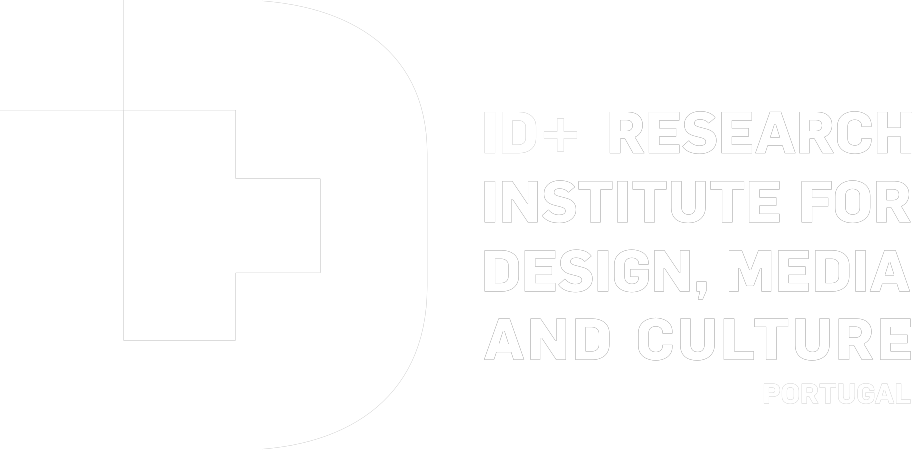Drafted by Heitor Alvelos, 2024
To be continued in collaborative mode
This project has worn its “exploratory” tag firmly at its core - out of necessity, but primarily because this exploratory condition was inevitable. As we attempted the unpacking of the current, increasingly complex and pervasive phenomenon of disinformation, our awareness of that complexity could only hope to stay afloat in face of the sheer speed and magnitude of the changes and repercussions. As a prime example of this vertiginous challenge, we once again recall how, at the time of the project’s funding bid in early 2022, ChatGPT was still over six months away from entering our general vocabulary; and yet, we are already prone to forget how the World was before all this artificial intelligence (AI) ubiquity and its constant promise of efficiency beyond comprehension. How has it all become so rooted, so apparently essential, in a mere blink of an eye?
Now, let’s acknowledge the exponential issues that have only grown in proportion and intricacy since the present project’s starting point, two and a half years ago as of late 2024. The pandemic was, and is, a core case study that focused and grounded key shifting contemporary narratives and epistemologies… However, in these four and a half years since the advent of the global health crisis and its tectonic transformations of our habitus, the phenomenon of disinformation has not only expanded in scale: it has fundamentally branched out into ideological weaponization. If Covid-19 rendered the erosion in scientific trust tangible, and if we can empirically point towards online social media, self-publishing and monetisation as significant contributors to that erosion, what we have witnessed in the meantime feels like a turbo-powered version of what, back in early 2020, could have been taken for a fairly transitory, or at least readily contained, circumstantial nuisance.
Granted, a series of ontological issues, mainly from psychology and neuro-cognition, had already been identified: the doubling down syndrome, the retroactive illusion of logic, the decisive appeal of a sense of belonging and the allure of tribalism, to name a few. Add to this the powerful digital design tools readily available to most, and just about anyone is now able to mimic a semblance of authority and credibility. A prime example of this: various sets of online disinformation channels mimic the design of specific, well-trusted newspapers in order to induce the reader into believing they have read the news at the original source. This is taking place as a political device for spreading false rumours upon opponents, just as AI video software is now able to put literally any word in anyone’s mouth in a matter of minutes. In face of this, what exactly can be trusted beyond a constant, exhausting exercise in media micro-scrutiny?
However, what has been revealing itself in the last two years is of a whole unforeseen nature: fuelled by unregulated, self-learning yet often hallucinatory AI, a rise of extremist ideologies with an ethos of immunity/impunity when it comes to fact-checking, and a zeitgeist with tolerance for neither the ambivalent, nor the slow to substantiate, nor trial and error methodology: disinformation is now acquiring the semblance of an existential threat. Add to this mix the equally subjective and ideological dilemmas of “common good” versus “self-preservation” (humans as one living ecosystem versus “my body, my rules”, one of the mottos of anti-vaxxers), and it may well be the consensual fabric of reality, perception and logic that may be at stake here.
The original case study of the project, Portugal, was proposed on the basis of its geographic and semantic proximity; despite an overall success in implementing pandemic-related measures (confinement, vaccination, mask-wearing) based on the authority of scientific knowledge reverting into public policy and behavioral pedagogy (the Portuguese population largely complied with higher directives), our premise was that there remained a substantial post-pandemic debriefing to be performed in regards to health-related communication and measures: so much had happened intuitively, tentatively, that, in hindsight and based on the collective experience of Covid-19, could be promptly, better implemented in face of a future health crisis. One could only speculate, and speculation is, of course, far from prediction: what we objectively could not foresee, and yet might have had a hunch, was that the crisis in scientific trust would itself keep multiplying like a virus, forging perplexing mutations and alliances between new agers and eugenics, alternative therapies and extremism, certain world leaders and unrestrained ambitions beyond accountability.
So here we are, at the tail end of an exploratory inquiry into an ever-growing phenomenon that will certainly not subside in the foreseeable future. An original ambition of the project, and a slightly naive one at that, was to neatly issue a set of recommendations on how Design could “fix” the diagnosed problem, namely by diluting the chasm between formal, authoritative communication, and the hall of mirrors of social media semantics. But how can a problem be “fixed” among such an intrinsic degree of volatility? The memes we duly employed and tested have now aged, the hypothesis that humor could hold a key to a more benevolent pedagogy fact-checking was steadily disproven, and a significant number of the students involved in the project could not come to terms with revisiting the topic of Covid-19 in a post-Covid-19 era.
And yet we made progress and drew conclusions, however empirical and preliminary. The following are a set of pointers, distilled and systematized throughout the project’s various actions and outputs, addressed and dissected in workshops, think-tanks and interviews. They can be regarded as starting points towards a longer endeavor, one that will need to continue as long as scientific mistrust persists.
Ten contributions of Communication Design towards a Renewed Trust in Scientific Knowledge:
Scientific methods may be incorporated in higher education communication design curricula, providing design students with an added sense of duty towards knowledge dissemination.
Authorities that rely on scientific knowledge in order to produce and implement public policies may permanently consult with a range of segments of the population in order to continuously update its semantics and employed media. A broad demographic spectrum of representatives could constitute a board of consultants for this end.
Communication design must strengthen its multi-disciplinary ties, so that one of its core R&D and pedagogical expertise becomes the accessible communication of scientific knowledge - both content- and context-wise.
Inversely, Communication Design may act as a pedagogue for scientists and health authorities to become more effective at their own, autonomous communication skills.
Designers and design researchers may be involved in multi-disciplinary task forces towards an inclusion of subjective components into fact-based information as a means of persuasion and overcoming cognitive resistance.
Younger demographics, particularly design students, may act as advisers on emerging trends and aesthetics (and, inversely, trend and aesthetic obsolescence) that will ensure online communication of knowledge and behavioural pedagogy remain relevant and appealing at a given moment.
Health and Science-related authorities need to actively pursue “science ambassadors”: opinion-makers and influencers that are ready to attest to scientific credibility with an appreciative public, more prone to charisma-driven cognition.
Design may contribute with devices and approaches to knowledge reliability that stem from its own repertoire and expertise: branding, metaphors, slogans, storytelling, playfulness, gamification.
In a culture of consumerism, science-compliant behavior may include a component of consumption. Buying a mask may be a fashion statement; being vaccinated may be regarded as a status symbol to be celebrated.
Exploratory design workshops may be conducted, bringing together opposite segments of the “scientific trust” spectrum, in order to engage in dialogues through making, rather than rhetoric.
These ten contributions intend to be a summary and a starting point. As the phenomenon evolves in scope and complexity, we propose to maintain a collaborative, online forum, white paper and set of resources as a means to keep design’s finger on its pulse. This permanently ongoing conversation, primarily geared at designers, researchers and policy-makers, begins at http://tiny.cc/sci-bi, and editing permissions may be granted upon request.
It has been a difficult topic to unpack, but the conversation on the duty of communication design to play a role in scientific trust has now been started. Sci-Bi thus continues.
An online, collaborative version of this paper can be found at https://tiny.cc/sci_bi







